|
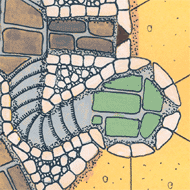 |
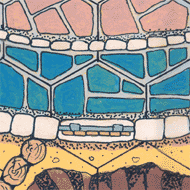 |
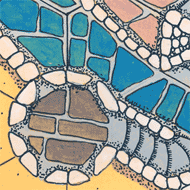 |
|
>
The Keep |
>
The Walls |
>
The Aula |
|
The tower is reached through a wooden staircase with
an intermediate drawbridge. A turret has been built
on top of the tower. The cistern at its bottom can
be an important target to destroy by besiegers. |
Castles of the region were typically guarder by very
few men-at-arms. For this reasons, crenellations
were very long (typically 3 to 4 meters - 9 to 12
feet). Shooting holes are all protected by wooden
mantlets. |
The Main Hall (also called Aula), like the other
buildings of the castle were built against the
walls. The Aula was topped by a turret facing the
village. |
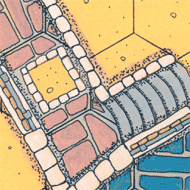 |
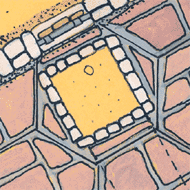 |
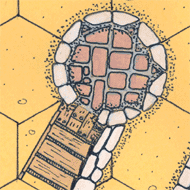 |
|
>
Castle Entrance |
>
One of the Village Fortified Gates |
>
The Mansion |
|
The only access to the castle was through the
village. The entrance was equipped with murder holes
and mantlets. Stairs led to the inner bailey, were
horsemen could not access. |
The village boasts 2 fortified gates, each of them
being equipped with murder holes and mantlets. |
The mansion is built against the walls of the
village to strengthen its defense. The gate of the
mansion is protected by two turrets. |
|
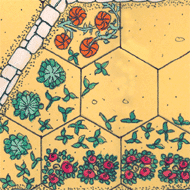 |
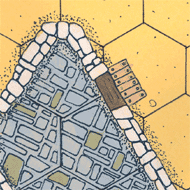 |
 |
|
>
Gardens |
>
Shops |
>
The Pond |
|
Most houses had an attached garden. These ones, as
well as the vineyard located outside the walls, are
key targets when you want to weaken the wealth
potential of your foe. |
3 merchants live in the village. Apart from the
cosmetic aspect (still in progress), the tactical
importance of these shops is still under
evaluation... |
This pond was filled with fish to serve 2 functions:
provide a good source of food to the castle and
enhance its defense on one of its sides. |
